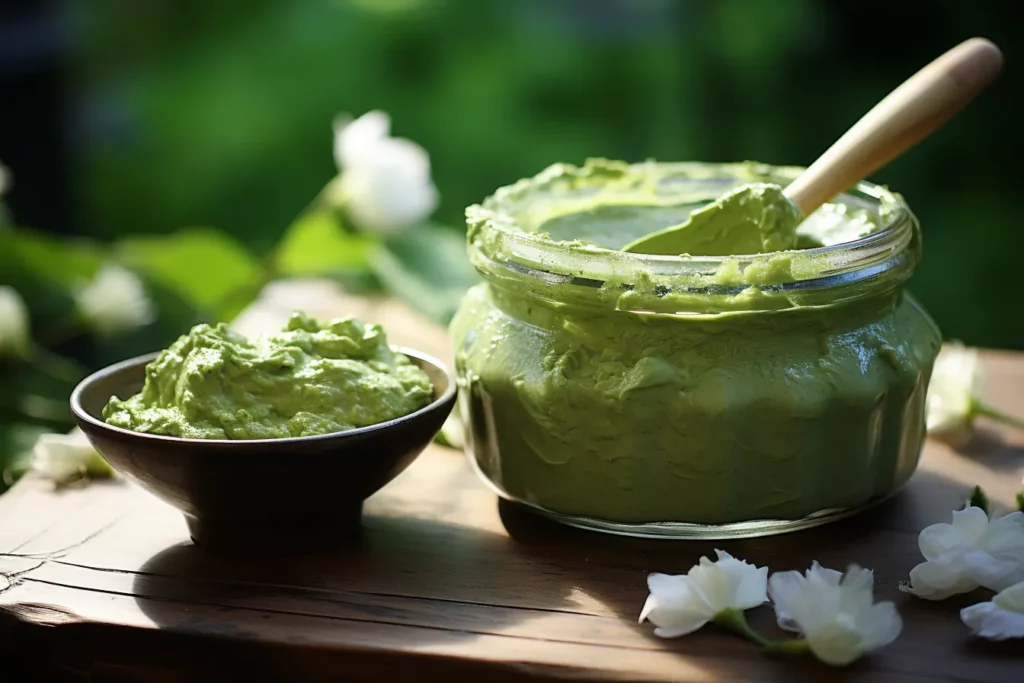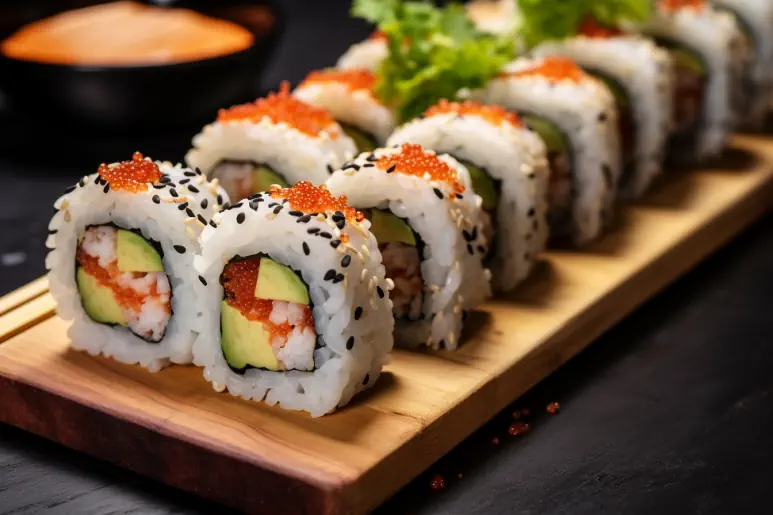Introduction
Wasabi is an indispensable element in the world of sushi, which gives a unique spice and spiciness to the taste experience. However, not all wasabi products are created equal. In this article, we’ll explore how wasabi is made, the difference between real wasabi and the cheap powdered paste, as well as where to buy high-quality wasabi and its value in sushi cooking. We will also discuss the dosage of wasabi in Japan compared to Europe, and finally highlight the indispensability of this delicious spice.
Production of wasabi
Wasabi, also known as Japanese horseradish, is made from the root of the wasabi plant. The roots are peeled, grated and made into a creamy paste. This traditional preparation requires patience and experience, as fresh wasabi is a volatile ingredient and its pungent flavor evaporates quickly. The quality of the water in which the plant has grown also affects the taste and spiciness of the wasabi.
Real wasabi vs. wasabi paste made from powder
The main difference between real wasabi and wasabi paste made from powder is in the quality and taste. Real wasabi has a subtle, pungent flavor that gently spreads across the tongue and quickly disappears without overpowering the flavors of the sushi. In contrast, powdered wasabi paste tends to be sharper and less complex in flavor. Most inexpensive sushi restaurants often use the powder paste because real wasabi is more expensive and harder to obtain.
Where to buy high-quality wasabi
Finding high-quality wasabi can be challenging, but there are some sources that offer authentic wasabi. Some Japanese grocery stores and online vendors offer real wasabi in various forms. It’s worth investing in high-quality wasabi, as it will greatly enhance the taste experience of your sushi dishes.
Use of wasabi in sushi
The use of wasabi in sushi requires sensitivity. In Japan, wasabi is usually applied to the sushi pieces by the sushi chefs, so guests don’t have to dose it themselves. A small amount of wasabi is applied to the sushi roll or nigiri sushi to complement the flavor.
In Europe, guests often get a small portion of wasabi on their plate, which they can use as they wish. Restraint is advised here, as wasabi can be very spicy. A pea-sized amount on each piece of sushi or in soy sauce is often enough to achieve the desired flavor.
Conclusion: The indispensability of wasabi
Wasabi is more than just a hot seasoning – it’s an essential part of the sushi experience. Real wasabi, made from fresh roots, offers an unparalleled flavor that perfectly complements the flavors of the sushi ingredients. Whether in Japan or Europe, the right dosage of wasabi is crucial to maintaining balance. If you want to experience sushi in its full glory, don’t miss out on the value of high-quality wasabi. It’s that little extra that will make your sushi meal an unforgettable dining experience.


